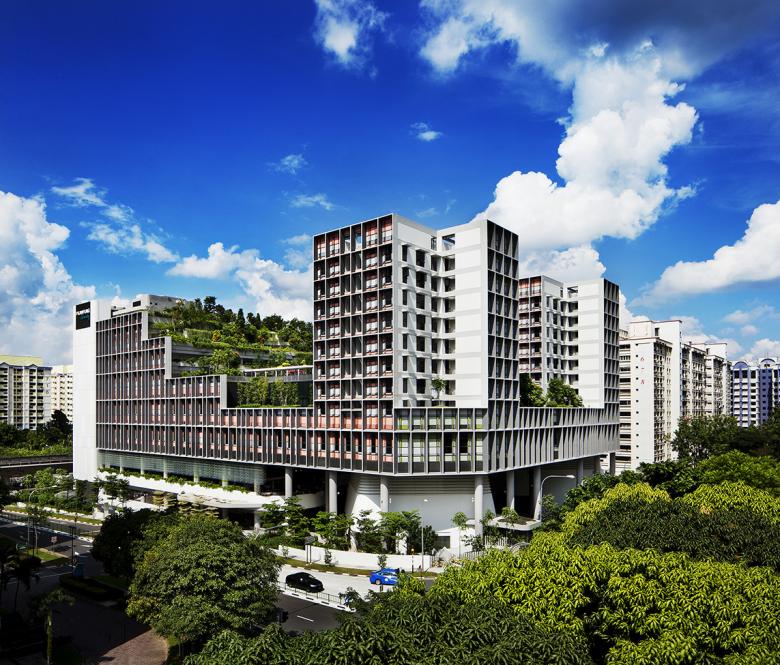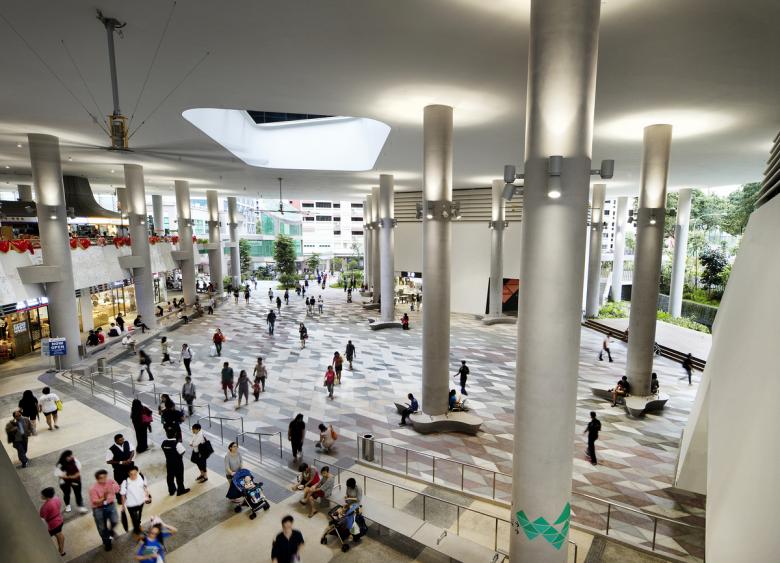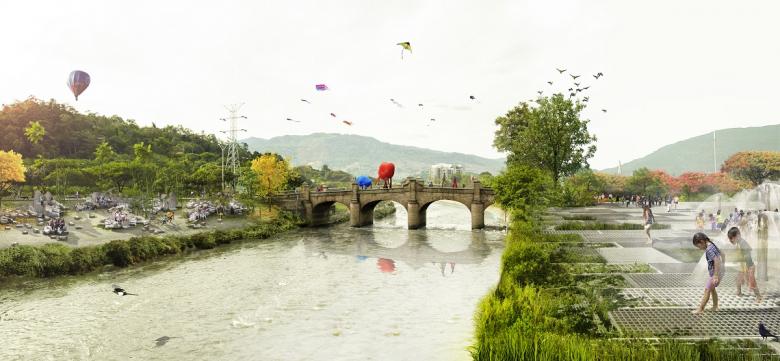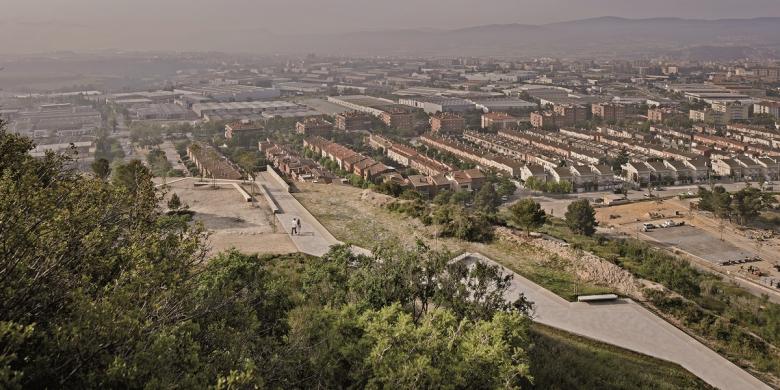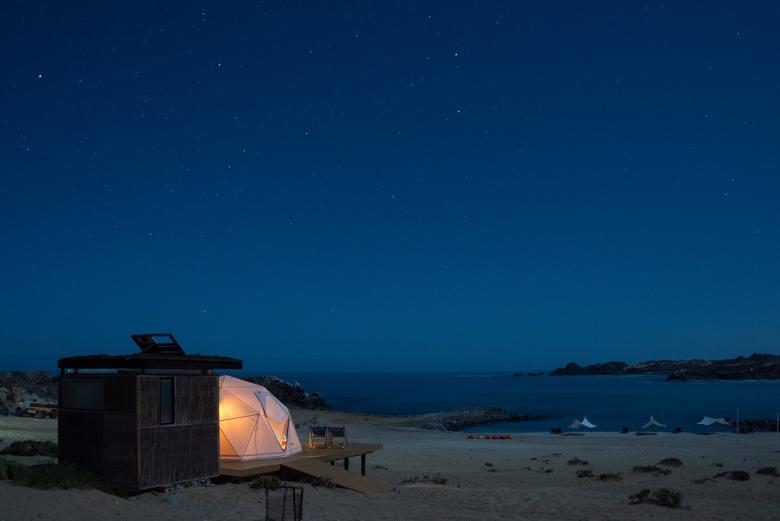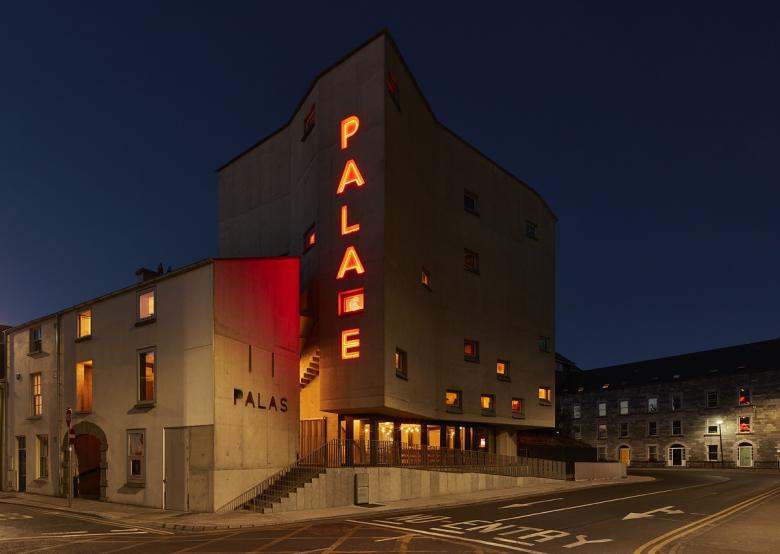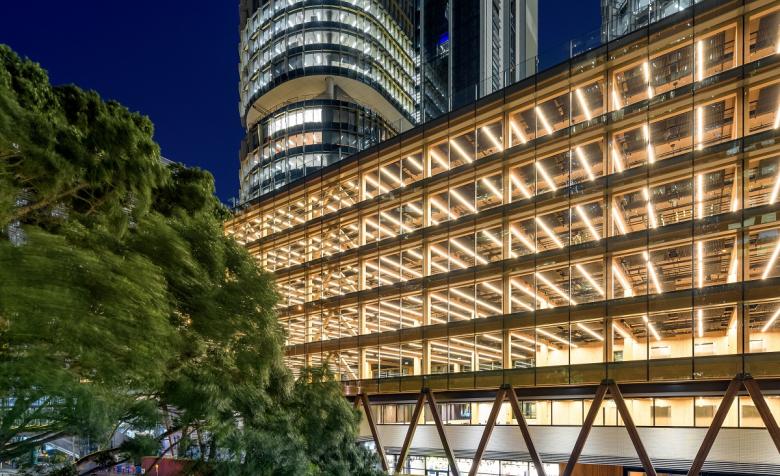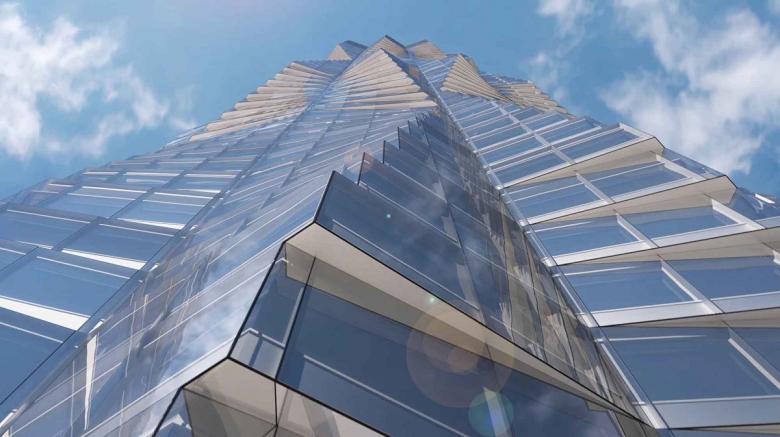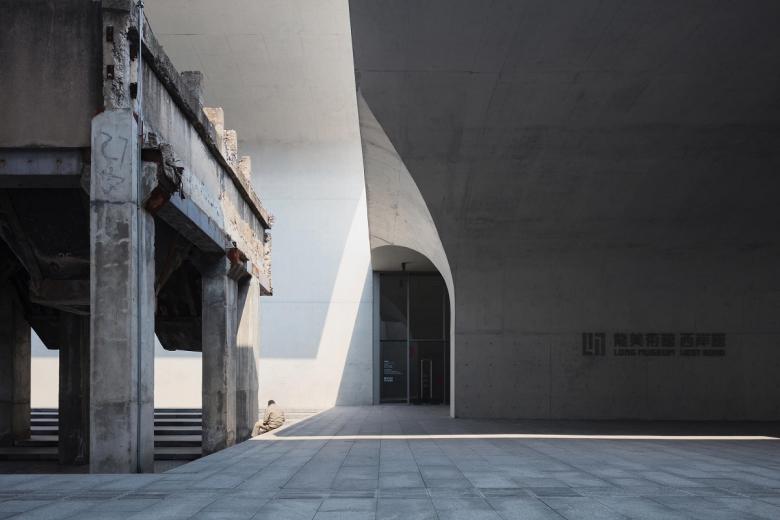WAF 2018 Building of the Year
John Hill
30. November 2018
World Building of the Year: Kampung Admiralty in Singapore by WOHA (Photo: Patrick Bingham-Hall; all photographs courtesy of WAF)
On Friday night the World Building of the Year and a slew of other best-in-show winners were announced during a gala dinner at the iconic Beurs van Berlage, wrapping up the three-day World Architecture Festival 2018 in Amsterdam.
The big winner at the eleventh iteration of WAF is WOHA's Kampung Admiralty in Singapore. Before being crowned World Building of the Year, Kampung Admiralty won in the Mixed Use category on the second day of the three-day festival. WOHA describes the building as Singapore's first integrated public development that brings together a mix of public facilities and services under one roof; these include a public plaza, a medical center, and a community park and housing for seniors. The mixed uses "support inter-generational bonding and promote active aging in place," per WOHA.
WAF's Paul Finch said in a statement:
The judges admired the project for the way in which it dealt with the universal condition of longevity and health treatments, social housing provision, and commercial space, which enabled substantial public realm benefits. This hybrid building also incorporates a huge amount of greenery (more than 100% of its footprint) in a series of layered levels which have generated welcome biodiversity. This is a project that does something necessary in an intelligent fashion from the way it connects to transport to its natural ventilation strategy, all benefitting from a decision to layer a series of buildings rather than separating them into separate tall blocks. The jury felt this was a project with potential lessons for cities and countries around the world.
World Building of the Year: Kampung Admiralty in Singapore by WOHA (Photo: Patrick Bingham-Hall)
Earlier in the day the winners in the Completed Buildings categories presented their projects to the Super Jury made up of Frederick Cooper Llosa (Cooper Graña Nicolini Arquitectos), Nathalie de Vries (MVRDV), Lesley Lokho (University of Johannesburg), and Li Xiaodong (Li Xiaodong & Atelier Tsinghua). At the same time, elsewhere at RAI Amsterdam, architects were presenting their projects to Super Juries in other categories; some of those winners are highlighted below.
Future Project of the Year: Medellin River Parks/Botanical Park Master Plan in Medellin, Colombia, by Sebastian Monsalve + Juan David Hoyos
The Future Project of the Year, which celebrates the best of the world’s architecture that is yet to be completed, is Medellin River Parks/Botanical Park Master Plan in Medellin, Colombia, by Sebastian Monsalve + Juan David Hoyos. The project aims to regenerate Medellin's extensive river corridor. WAF’s Future Project Super Jury, comprising Christine Hawley (Bartlett School of Architecture), Paul Hyatt (HKS Architects), Catherine Slessor (The Architectural Review), and Carin Smuts (CS Studio Architects), felt that "by literally building bridges to connect disparate communities, it epitomizes how architectural imagination can have an activist dimension, catalysing the social potential of the city."
Landscape of the Year: Pedestrian Path along the Gypsum Mines in Barcelona, Spain, by Batlle i Roig Arquitectura
The Landscape of the Year was awarded to Batlle i Roig Architects for their Pedestrian Path along the Gypsum Mines in Barcelona, Spain. In a city known for its beautifully designed landscapes, the project is part of a green belt at the perimeter of the city. The judges were impressed by the landscape's innovative use of materials and its "poetic response using minimal means [engendering a] process of observation, translation and transformation."
Small Project of the Year: Piedras Bayas Beachcamp in Atacama Desert, Chile, by Camilo Moraes
The Small Project of the Year was awarded to Camilo Moraes for the Piedras Bayas Beachcamp in Atacama Desert, Chile. An itinerant tourism station in the northern reaches of the country, the judges liked how the "interesting project made the most of using local techniques and materials and creates a world that is conducive to the environment, while also forming a strong architectural definition."
Use of Colour Prize: Pálás in Galway, Ireland, by dePaor
The Use of Colour Prize was awarded to dePaor for the Pálás in Galway, Ireland. Small painted windows set into the concrete walls glow at night, while moviegoers inside are treated to projected images through the glass in the spaces outside the cinemas. The judges called it a "beautiful building [that] reveals itself like a magic lantern, [where] color is completely integrated and critical to the conceptual design and experience of the building."
Best Use of Certified Timber Prize: International House Sydney in Sydney, Australia, by Tzannes
The first Best Use of Certified Timber Prize was given to Tzannes for International House Sydney in Sydney, Australia. The seven-story commercial building is structured in timber and makes use of recycled hardwood timber. The judges described the project as "exemplary" and said, "the architects have set new standards for future architectural solutions and workplace environments."
Glass Future Prize: Tour Montparnasse in Paris, France, by Studio Gang
The Glass Future Prize was awarded to Studio Gang for Tour Montparnasse in Paris, France. Studio Gang's entry in the international competition to redesign the (in)famous Tour Montparnasse covered the tower in faceted glass to create a shimmering silhouette. The jury was impressed by the facade's dynamic shading system and the way the performance-driven design used wind as a driver to change the building’s massing.
Architectural Photography Award: Pawel Paniczk for his photograph of the Long Museum West Bund in Shanghai, China, by Atelier Deshaus
Lastly, Pawel Paniczk received the Architectural Photography Award for his photograph of the Long Museum West Bund in Shanghai, China, by Atelier Deshaus. Paniczk's photo was one of twenty photos that was shortlisted last month and one of five in the Exterior category. The winning photo balances the museum's smooth "vault-umbrella" structure with the rough industrial ruin retained on the site.
